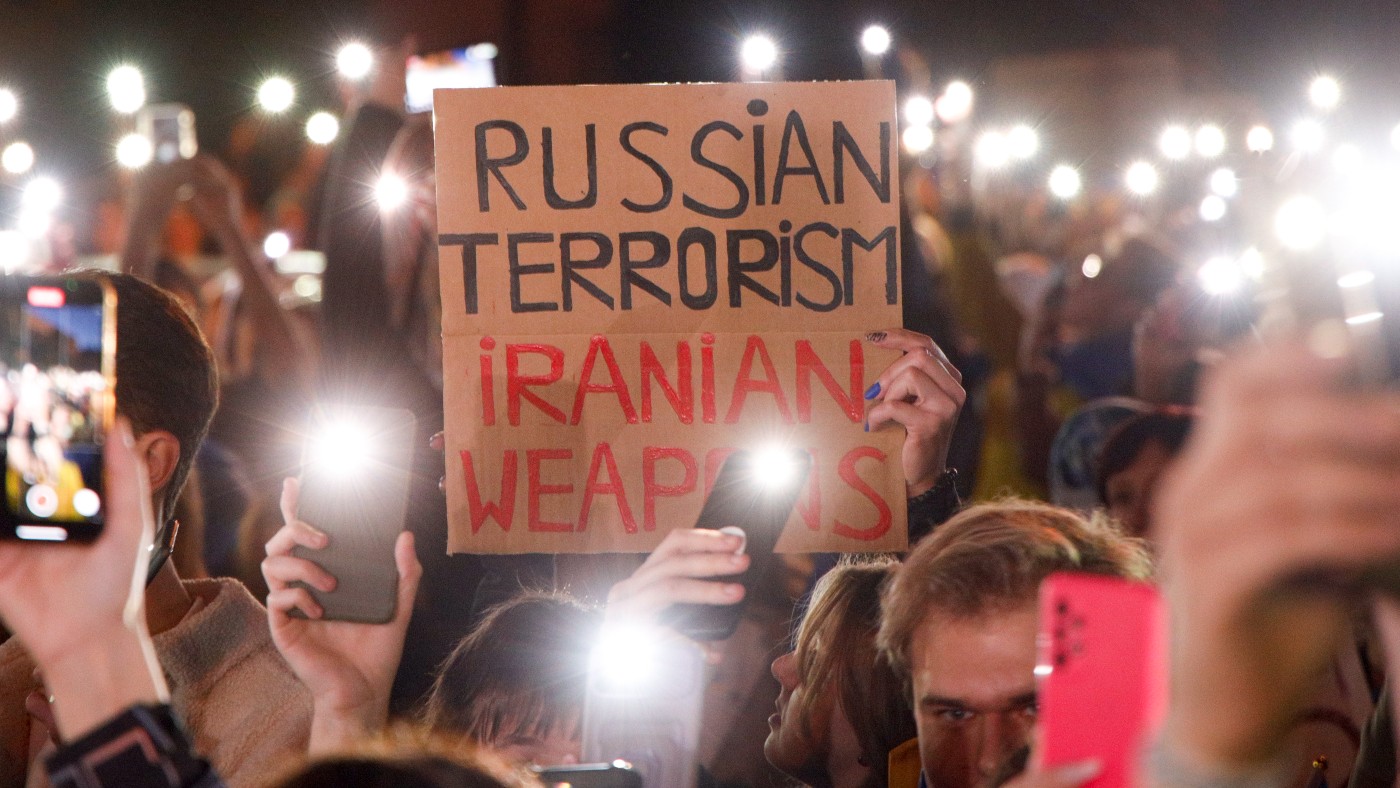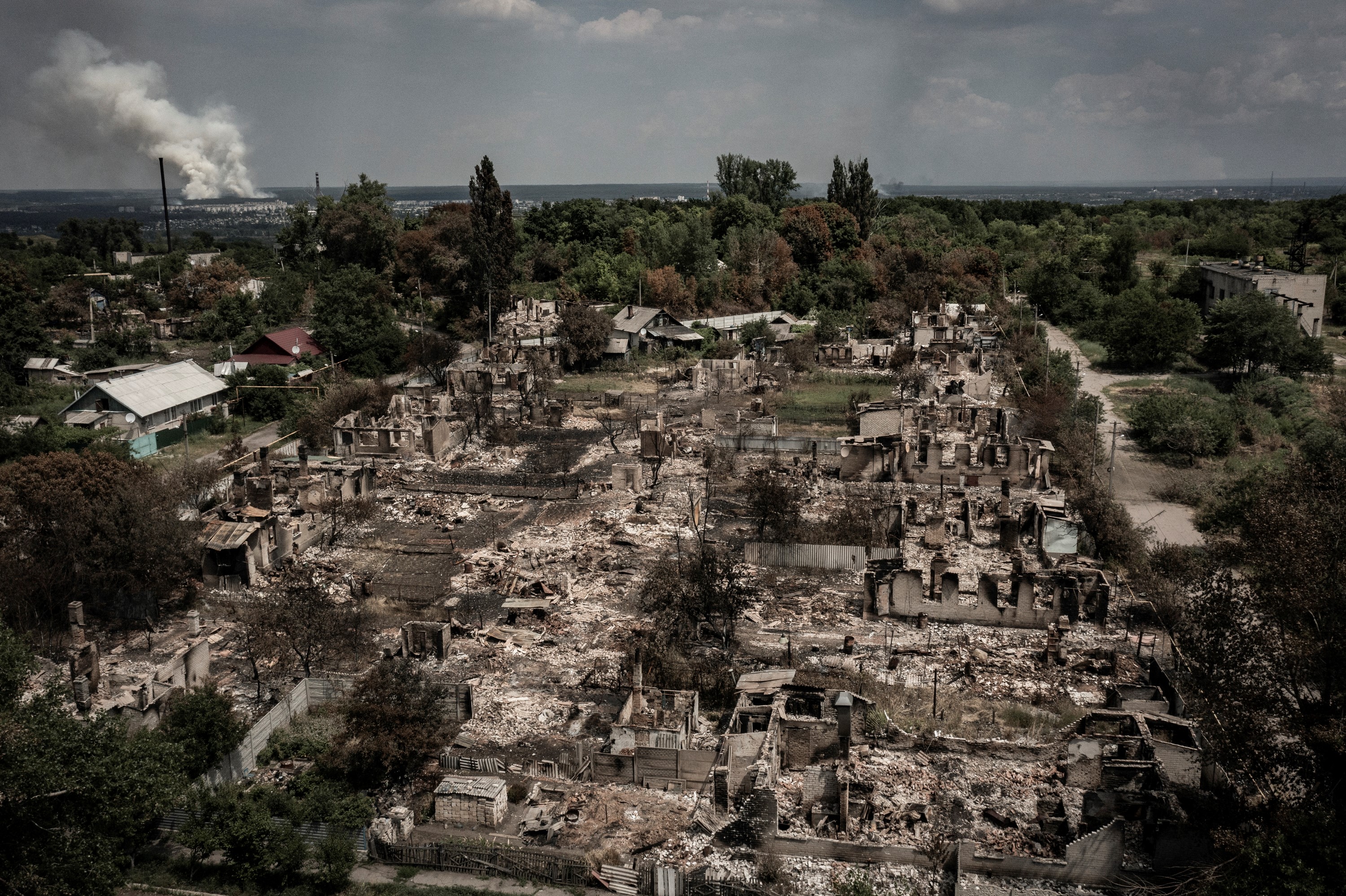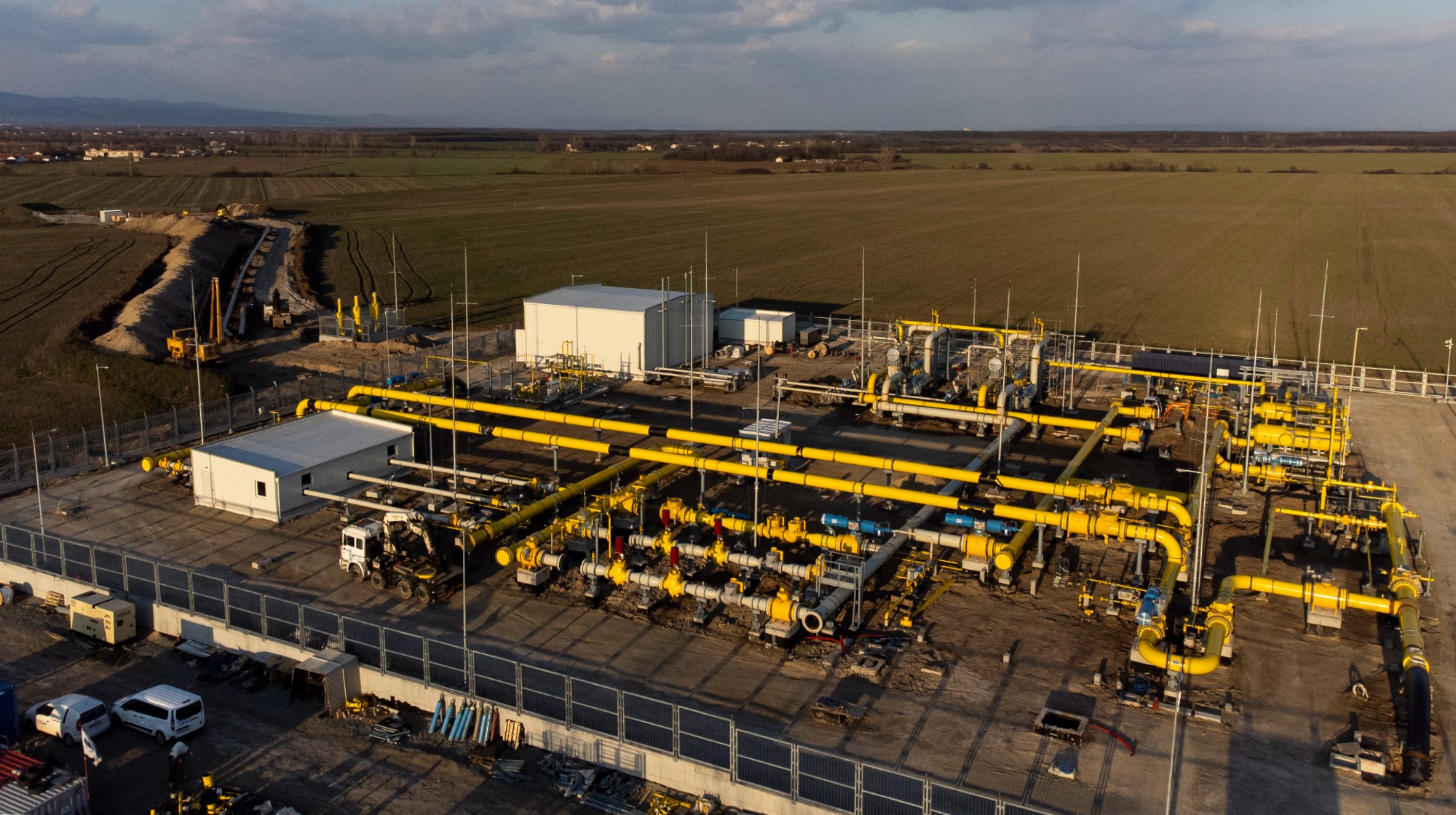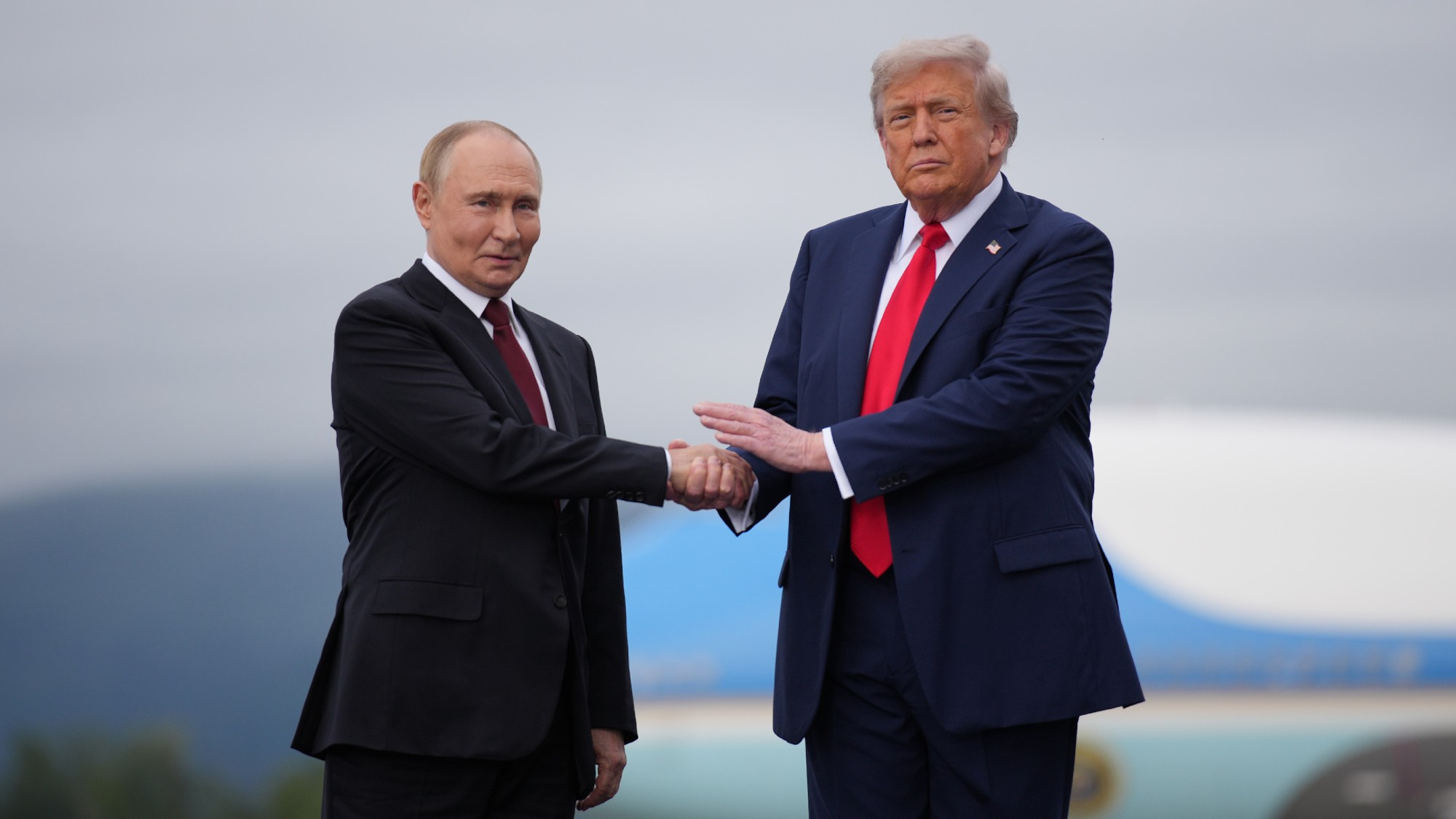What Iranian Kamikaze drones mean for Ukraine
Iranian officials have denied supplying the drones but ‘no one believes them’

Kamikaze drones were “flying low and slow” over central Kyiv on Monday morning, said John Paul Rathbone and Christopher Miller in the FT. They were Iranian Shahed-136s, dubbed “mopeds” by the Ukrainians because of the buzzing noise made by their cheap two-stroke engines. One crashed into a street; another exploded into a residential building. Among the civilian dead that day were a young couple, the woman six months pregnant.
The drones are effectively “cheap cruise missiles”, which can be pre-set to hit specific targets up to 1,500 miles away, and their relatively low price – $20,000 apiece – means they can be unleashed “in swarms”.
Since the 8 October attack on the Kerch Bridge from Crimea to the Russian mainland, the Kremlin’s forces have “stepped up efforts to inflict suffering from afar”, said The New York Times. A barrage of drone and missile attacks have targeted Ukrainian civilians and infrastructure. A third of the country’s power stations have been destroyed, resulting in widespread blackouts. Kyiv’s water supply has also been interrupted, and now Ukrainians face “the prospect of a desolate winter without basic services”.
The Week
Escape your echo chamber. Get the facts behind the news, plus analysis from multiple perspectives.

Sign up for The Week's Free Newsletters
From our morning news briefing to a weekly Good News Newsletter, get the best of The Week delivered directly to your inbox.
From our morning news briefing to a weekly Good News Newsletter, get the best of The Week delivered directly to your inbox.
Iranian officials have denied supplying the drones, said Michael Day in the i newspaper. “No one believes them.” It’s clear that Russia and Iran “have entered into a desperate marriage of convenience as they both try to defy Western sanctions and retain their grip on power.” Russia needs Iran’s help because it has burned through its stocks of weaponry; Iran badly needs money. But this “unholy alliance” between pariah regimes may “prompt others to act”.
Involvement threatens to ‘globalise’ war
Israel has so far refused to send military aid to Kyiv, but it will be hard to stand by for long as Russia continues to bankroll the military-industrial complex of its greatest enemy. And Israel could send Ukraine some of the best air defence systems in the world.
Iranian involvement threatens to “globalise” the war, said The Times. Israel is already fighting Iranian proxy forces in Syria, whose airspace is controlled by Russian forces. The situation is potentially explosive, as Kremlin figures pointed out when they warned Israel against involvement.
Either way, the Iranian drones will not turn the tide of the war, said Dan Sabbagh in The Guardian. They have a “limited destructive capacity”, and their use only proves that Russia is running short of more powerful guided missiles.
A free daily email with the biggest news stories of the day – and the best features from TheWeek.com
No evidence to show strategy will work
Besides, the whole strategy of attacking Ukrainian civilians and infrastructure won’t work, said Max Boot in The Washington Post. “There is, in fact, virtually no evidence from the past 100 years that terror-bombing has been a war-winning tactic. The usual result is to unite the population in defiance.”
Ukrainian forces continue to liberate occupied territory; Russia began the evacuation of the key southern city of Kherson this week. “The combination of Russian barbarism and Ukrainian military success is keeping the anti-Putin coalition united.”
-
 All roads to Ukraine-Russia peace run through the Donbas
All roads to Ukraine-Russia peace run through the DonbasIN THE SPOTLIGHT Volodymyr Zelenskyy is floating a major concession on one of the thorniest issues in the complex negotiations between Ukraine and Russia
-
 US offers Ukraine NATO-like security pact, with caveats
US offers Ukraine NATO-like security pact, with caveatsSpeed Read The Trump administration has offered Ukraine security guarantees similar to those it would receive from NATO
-
 How Bulgaria’s government fell amid mass protests
How Bulgaria’s government fell amid mass protestsThe Explainer The country’s prime minister resigned as part of the fallout
-
 Europe sets 2027 deadline to wean itself from Russian gas
Europe sets 2027 deadline to wean itself from Russian gasIN THE SPOTLIGHT As negotiators attempt to end Russia’s yearslong Ukraine invasion, lawmakers across the EU agree to uncouple gas consumption from Moscow’s petrochemical infrastructure
-
 Pakistan: Trump’s ‘favourite field marshal’ takes charge
Pakistan: Trump’s ‘favourite field marshal’ takes chargeIn the Spotlight Asim Munir’s control over all three branches of Pakistan’s military gives him ‘sweeping powers’ – and almost unlimited freedom to use them
-
 Is Europe finally taking the war to Russia?
Is Europe finally taking the war to Russia?Today's Big Question As Moscow’s drone buzzes and cyberattacks increase, European leaders are taking a more openly aggressive stance
-
 Pushing for peace: is Trump appeasing Moscow?
Pushing for peace: is Trump appeasing Moscow?In Depth European leaders succeeded in bringing themselves in from the cold and softening Moscow’s terms, but Kyiv still faces an unenviable choice
-
 Femicide: Italy’s newest crime
Femicide: Italy’s newest crimeThe Explainer Landmark law to criminalise murder of a woman as an ‘act of hatred’ or ‘subjugation’ but critics say Italy is still deeply patriarchal

